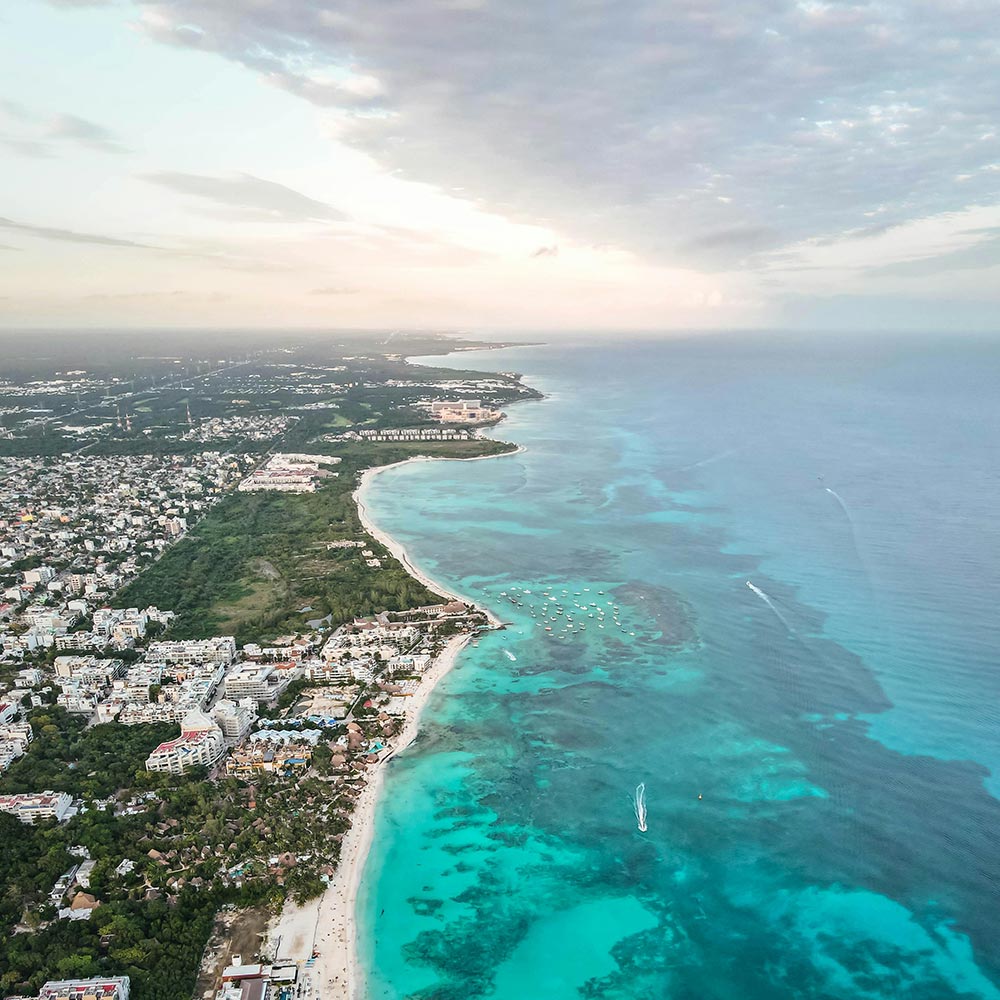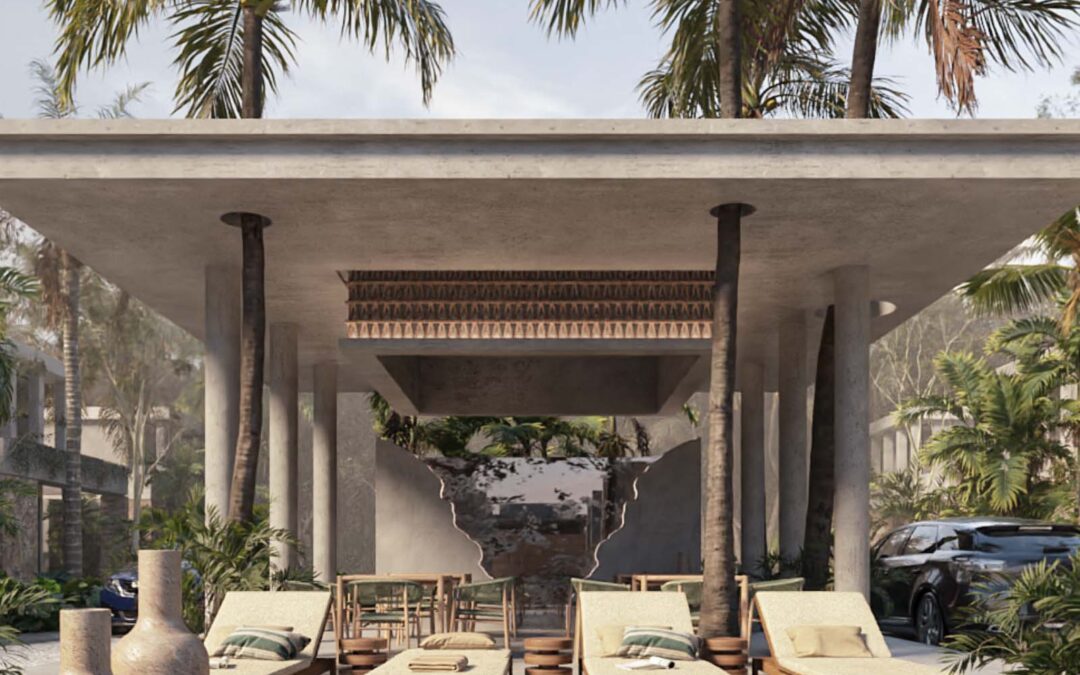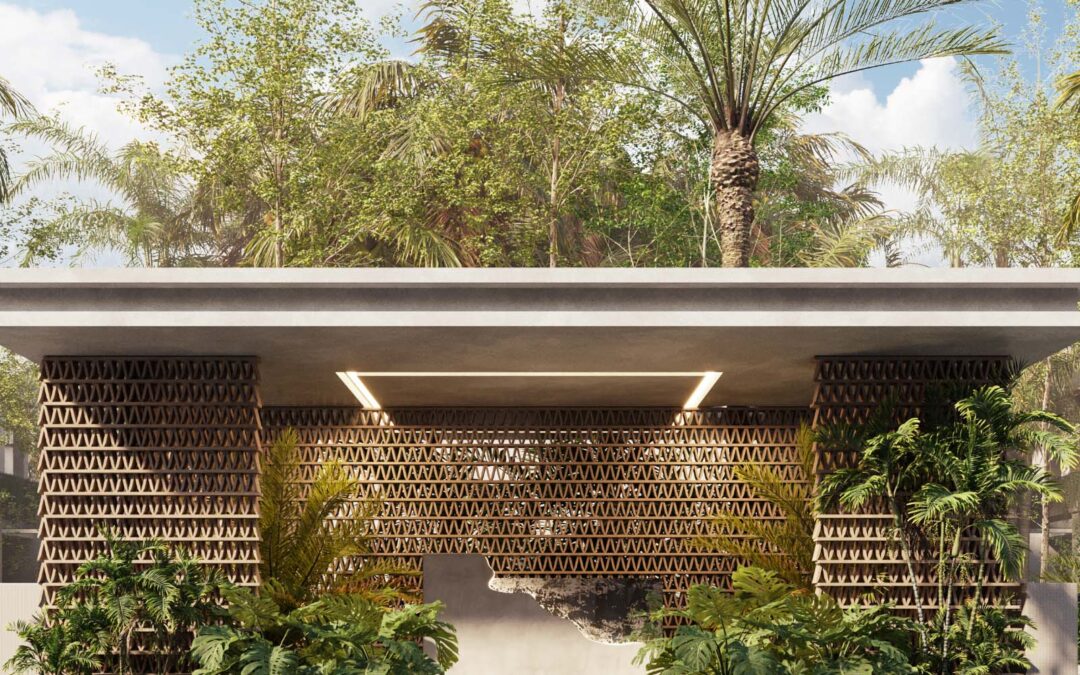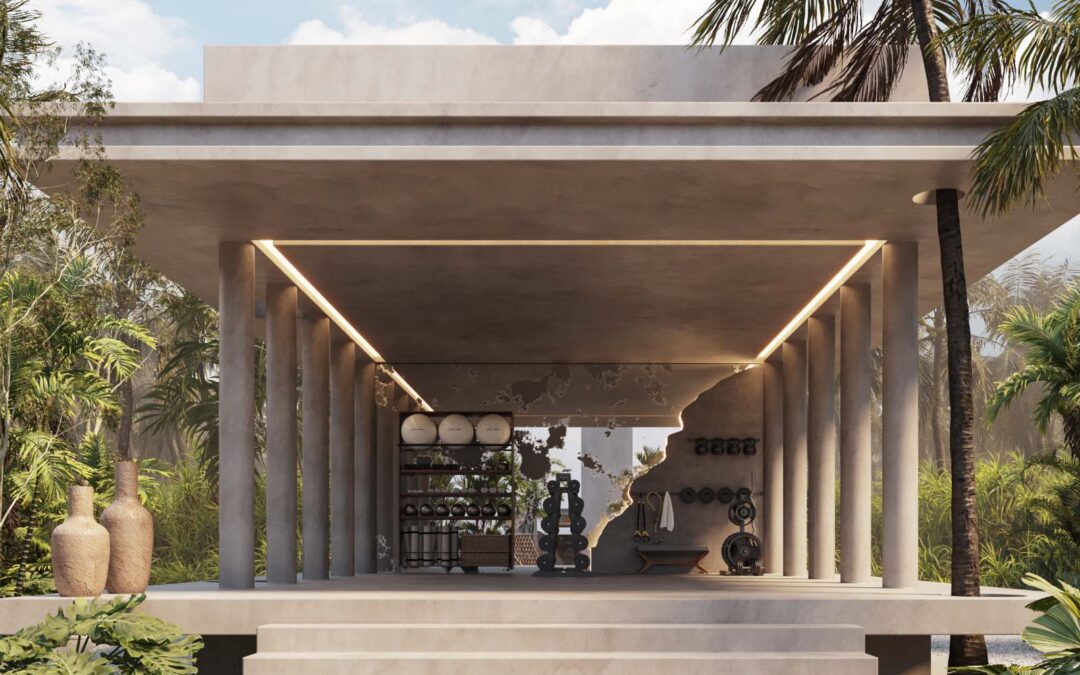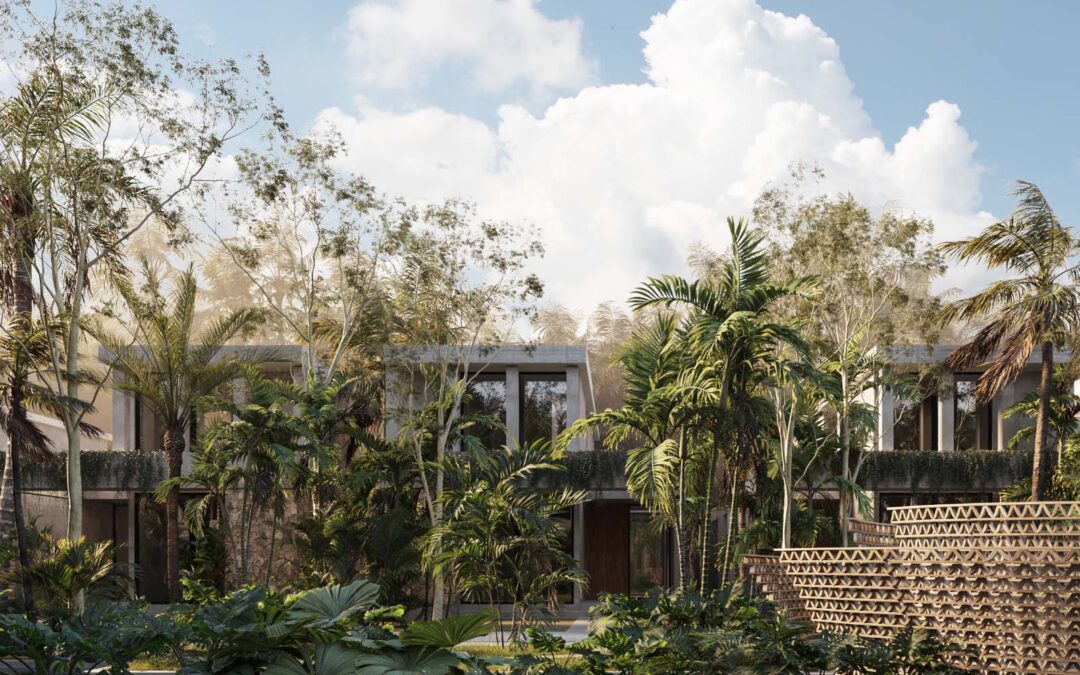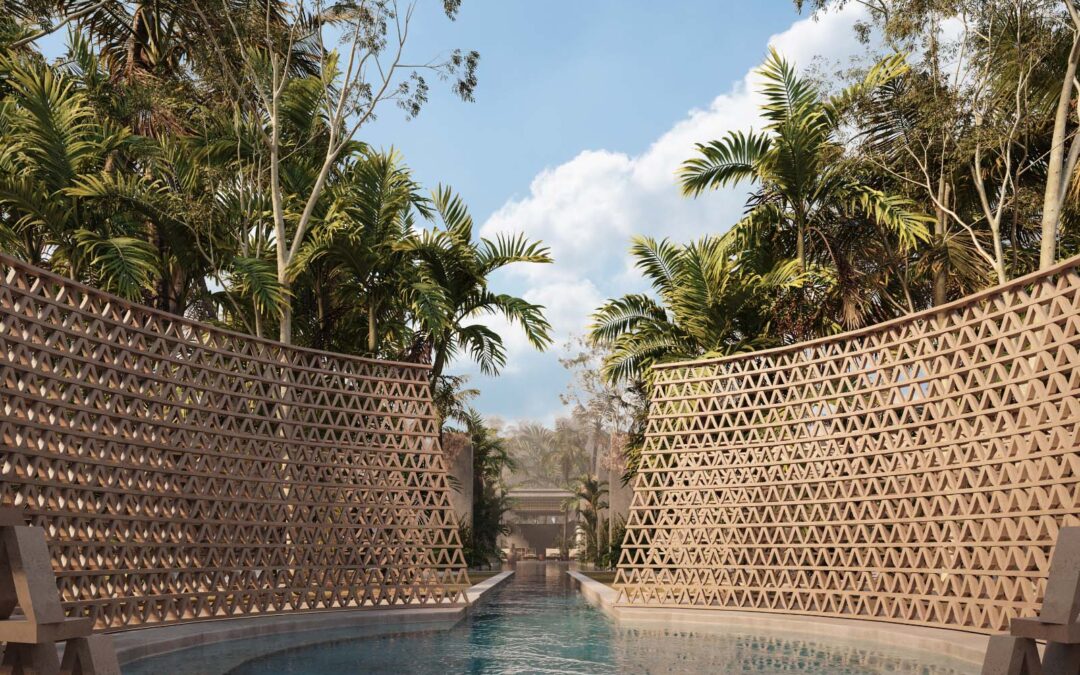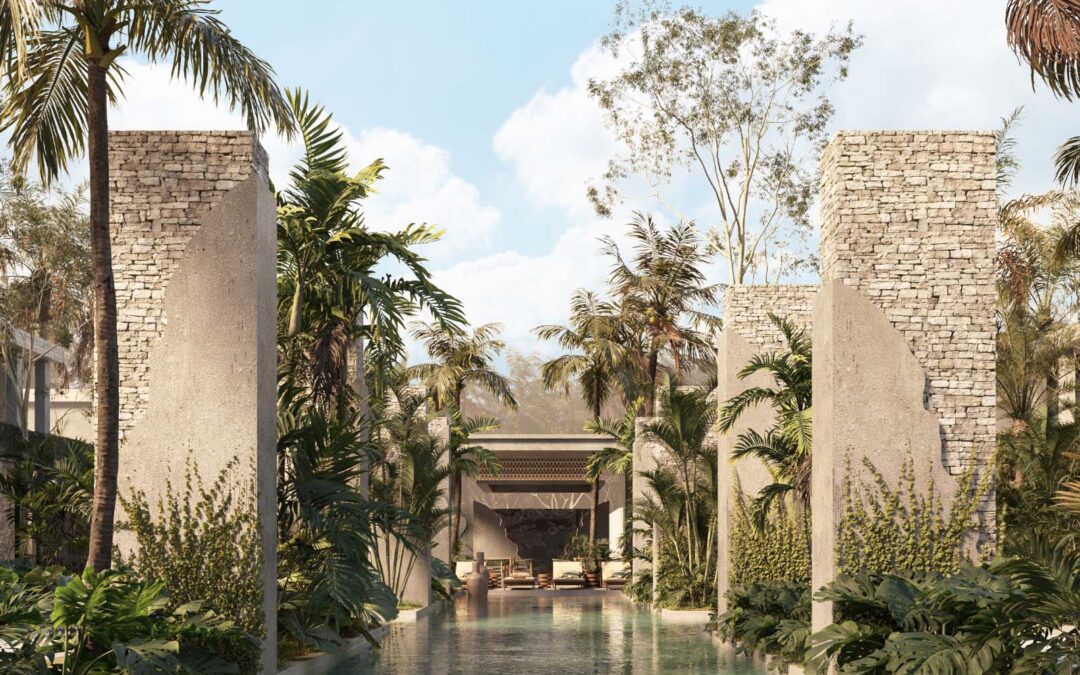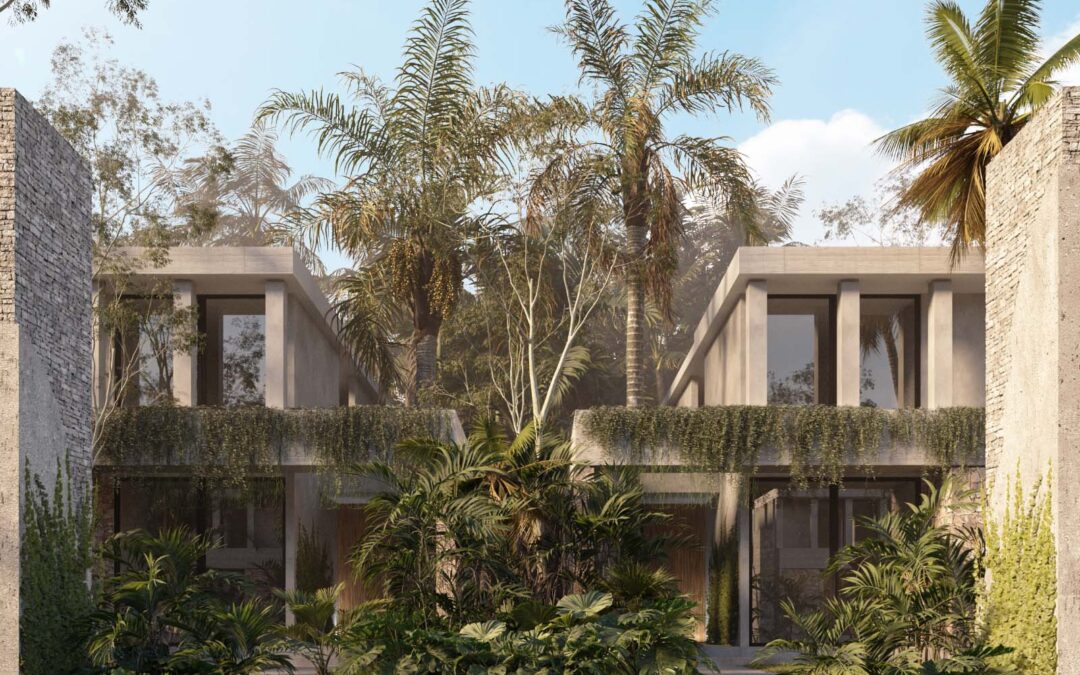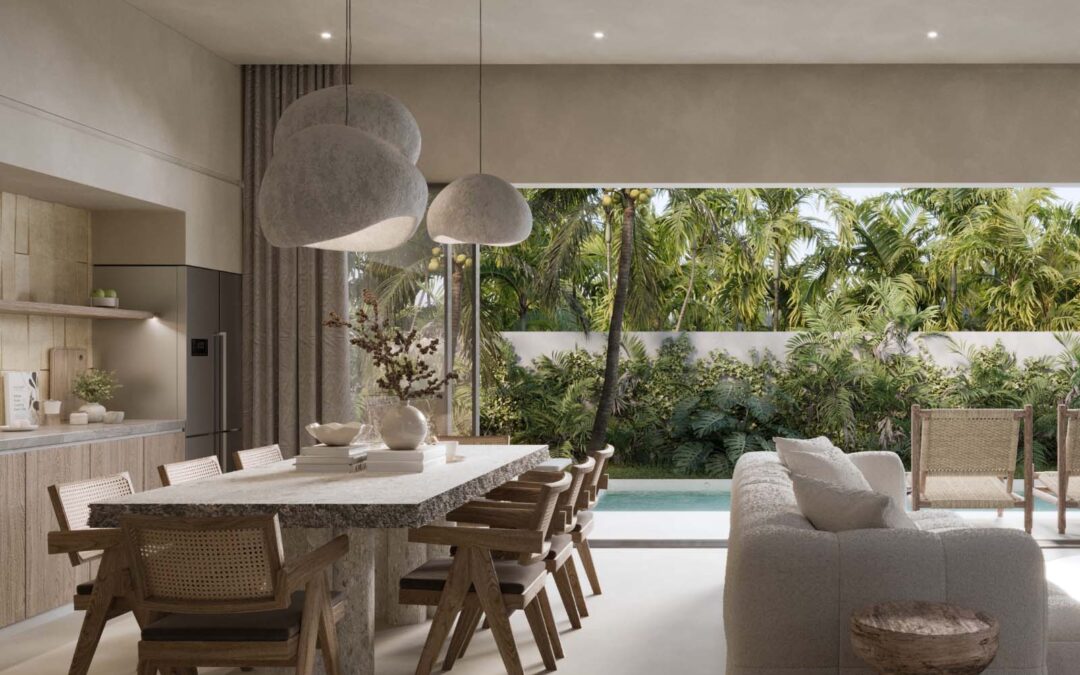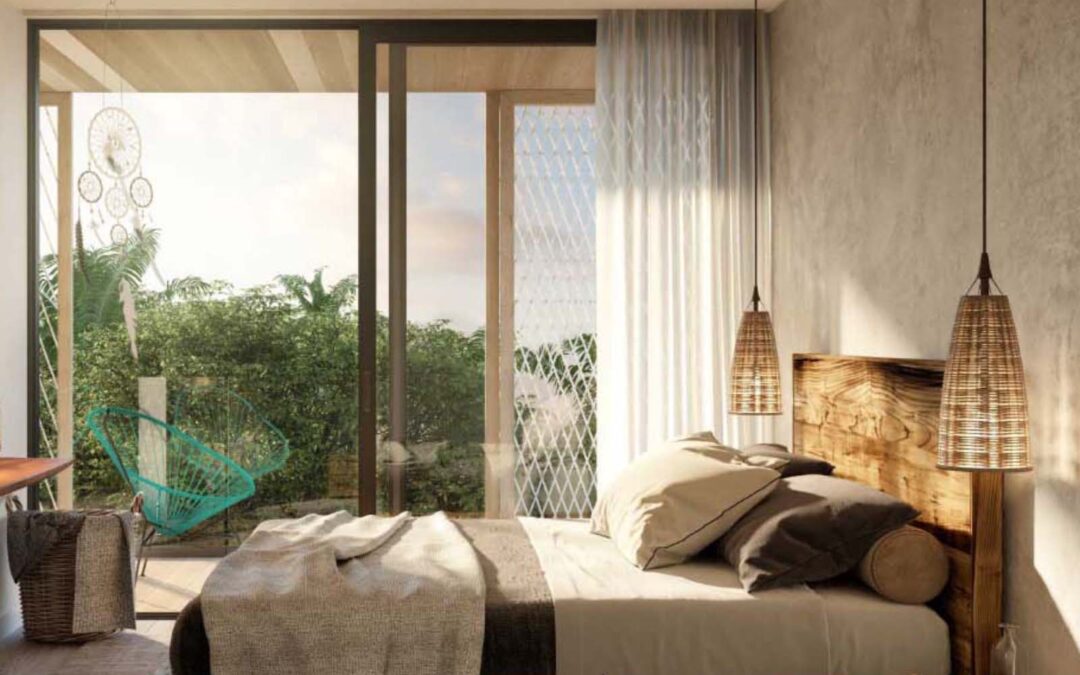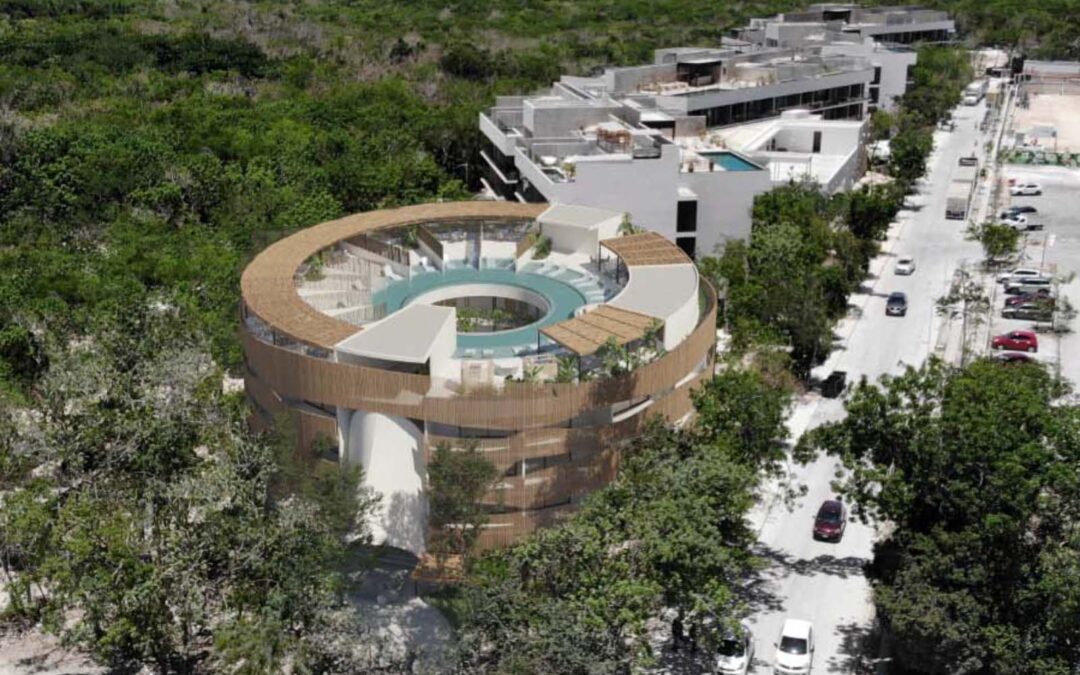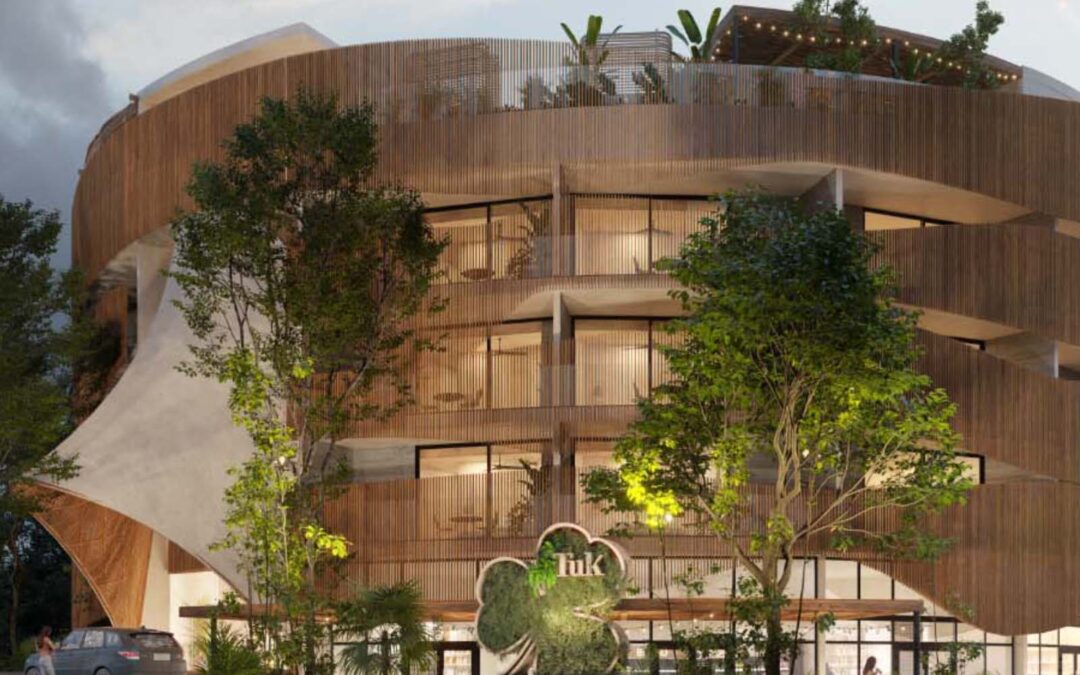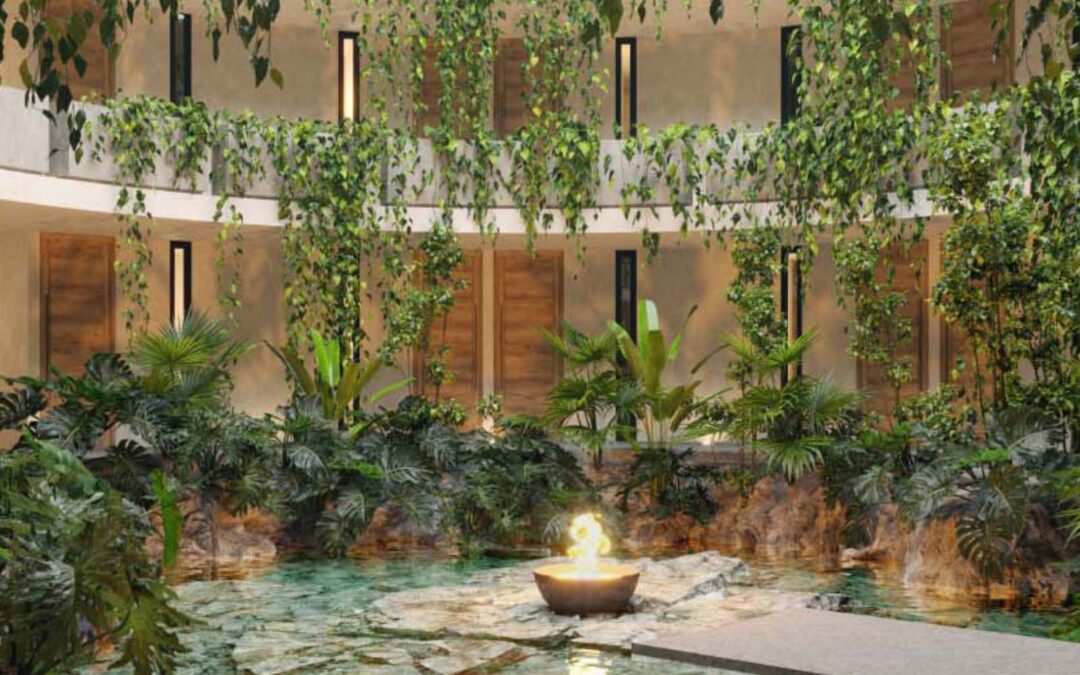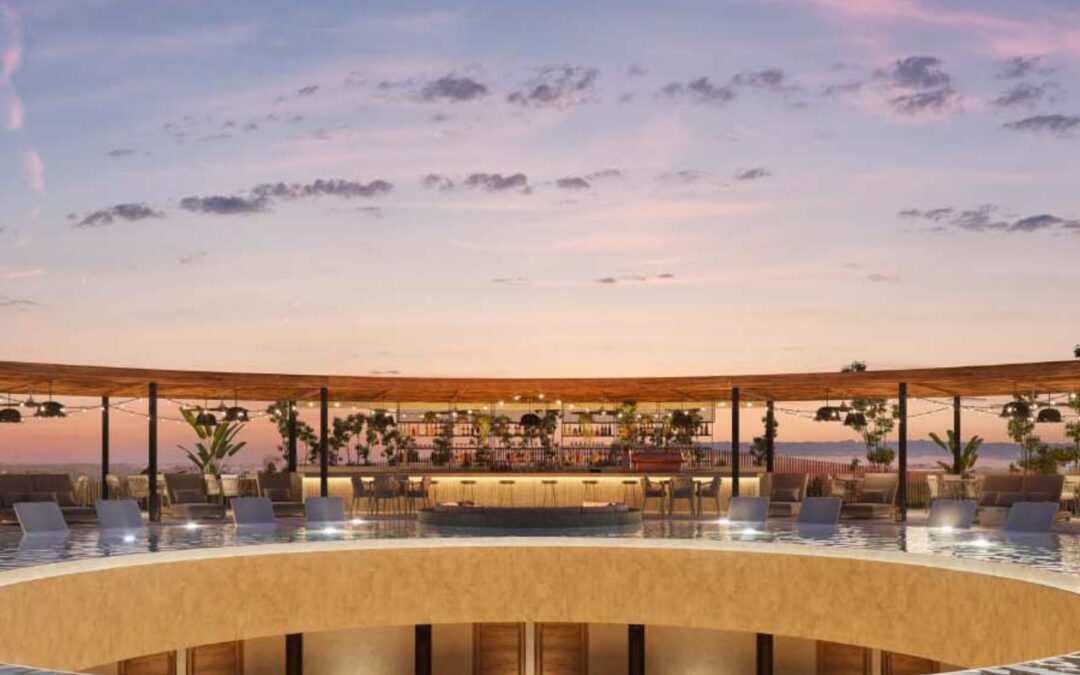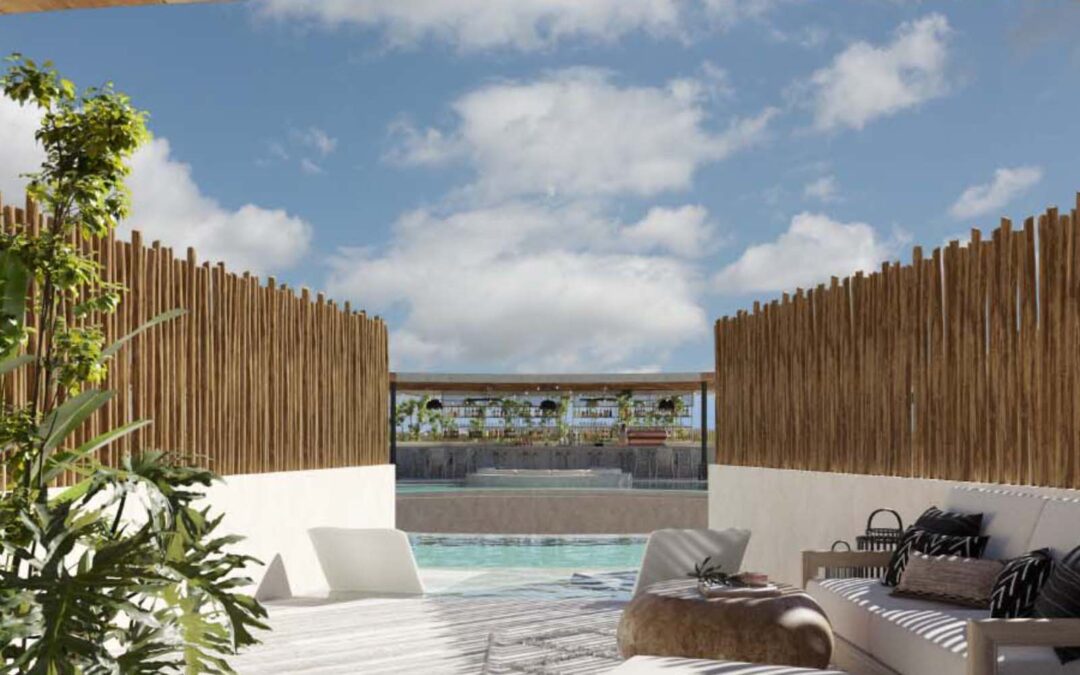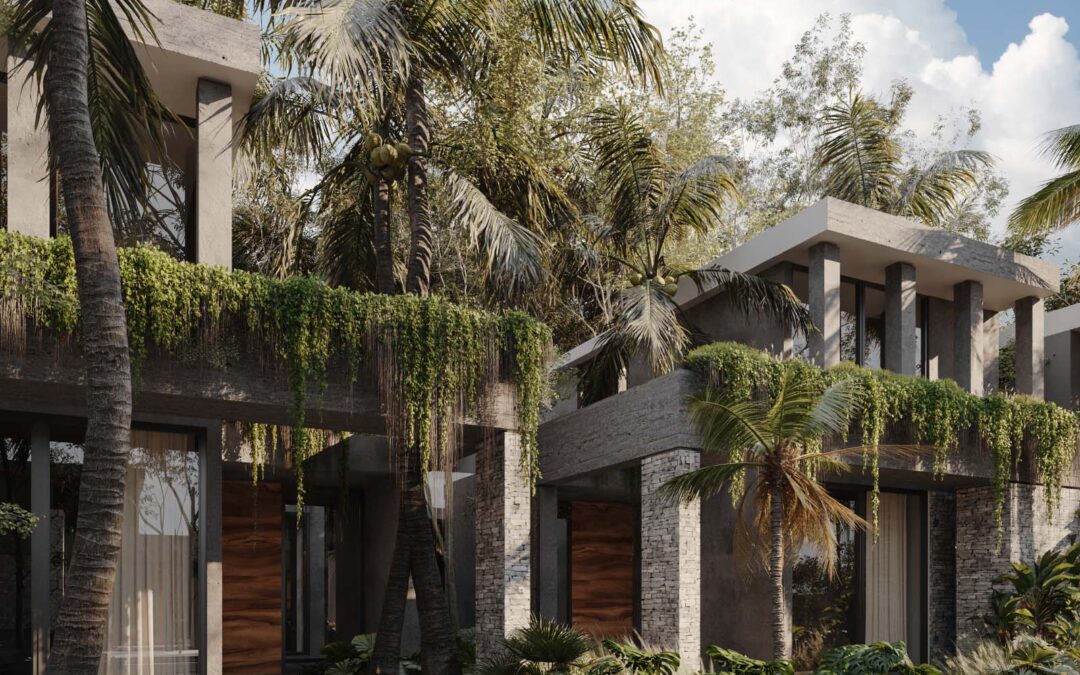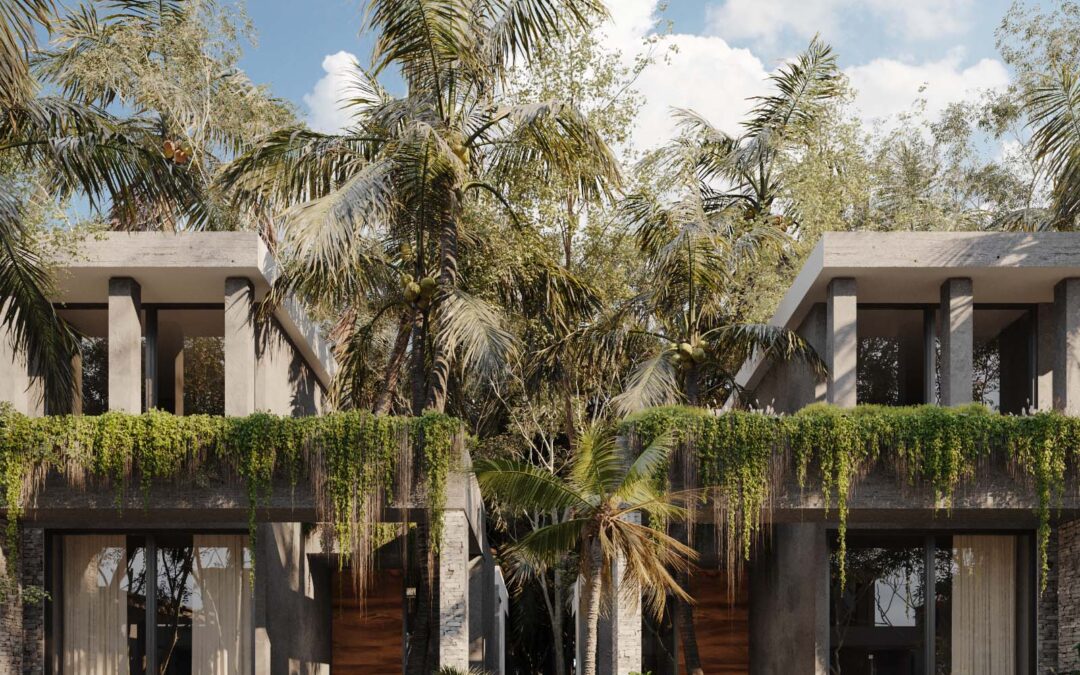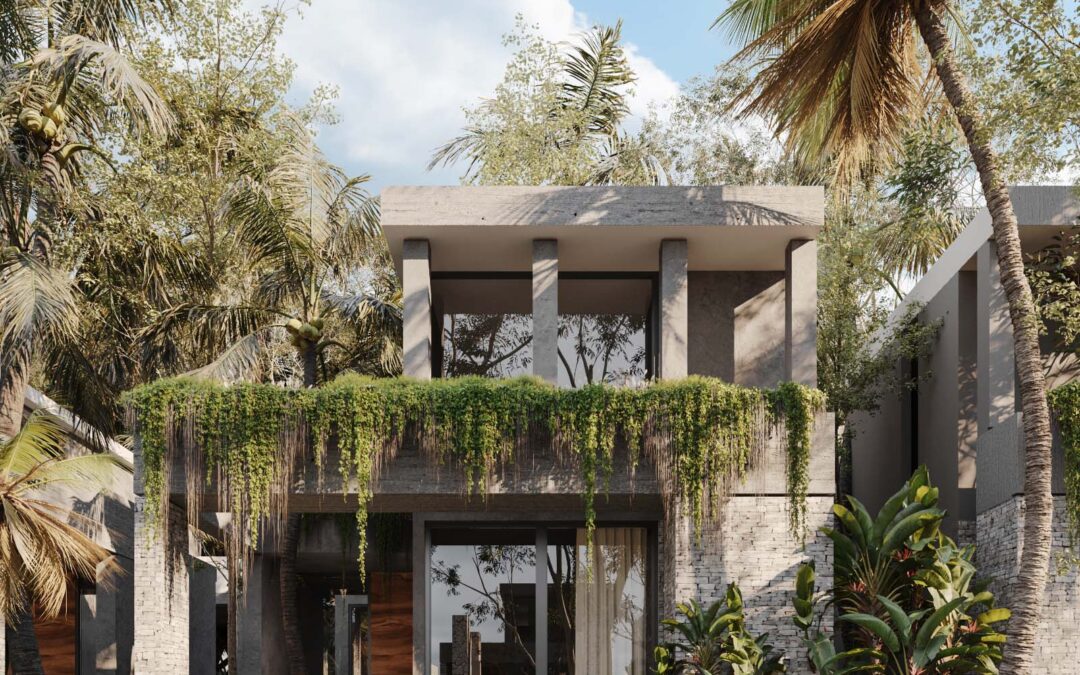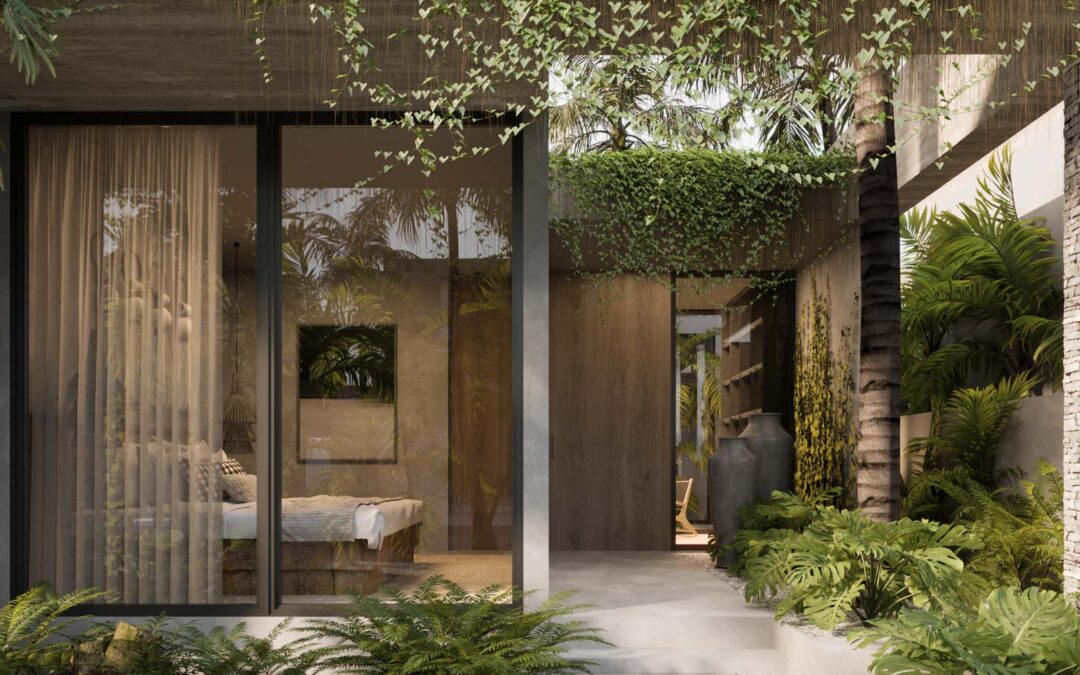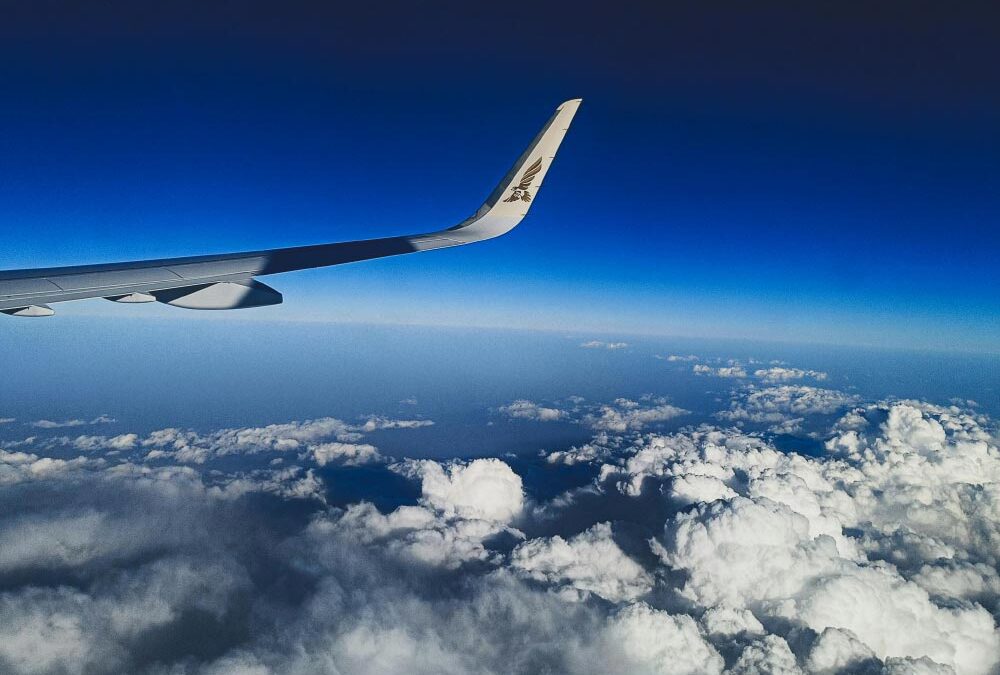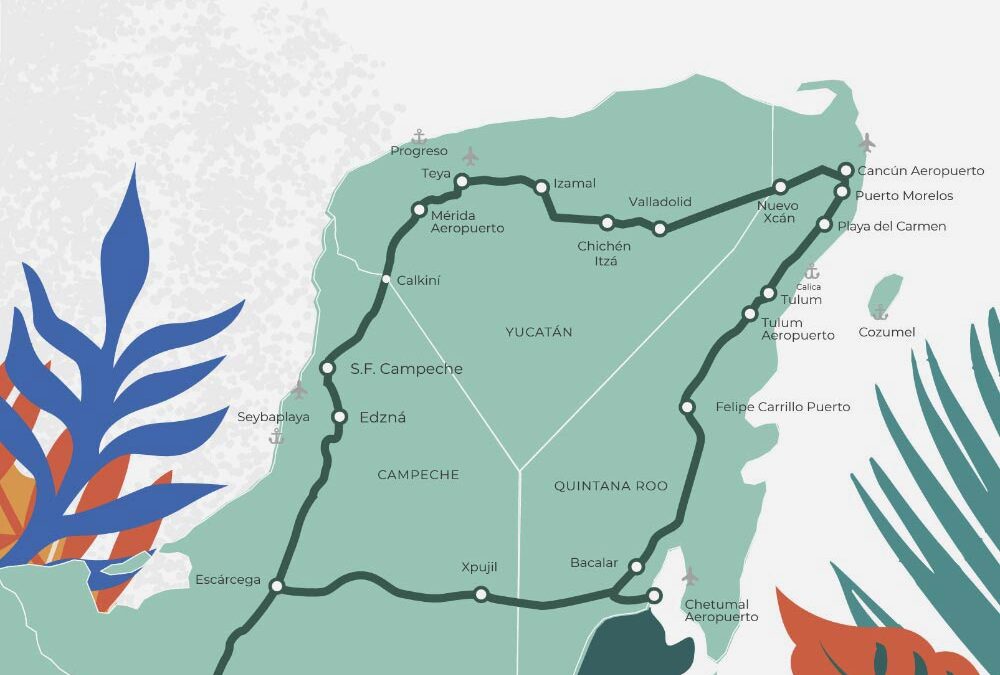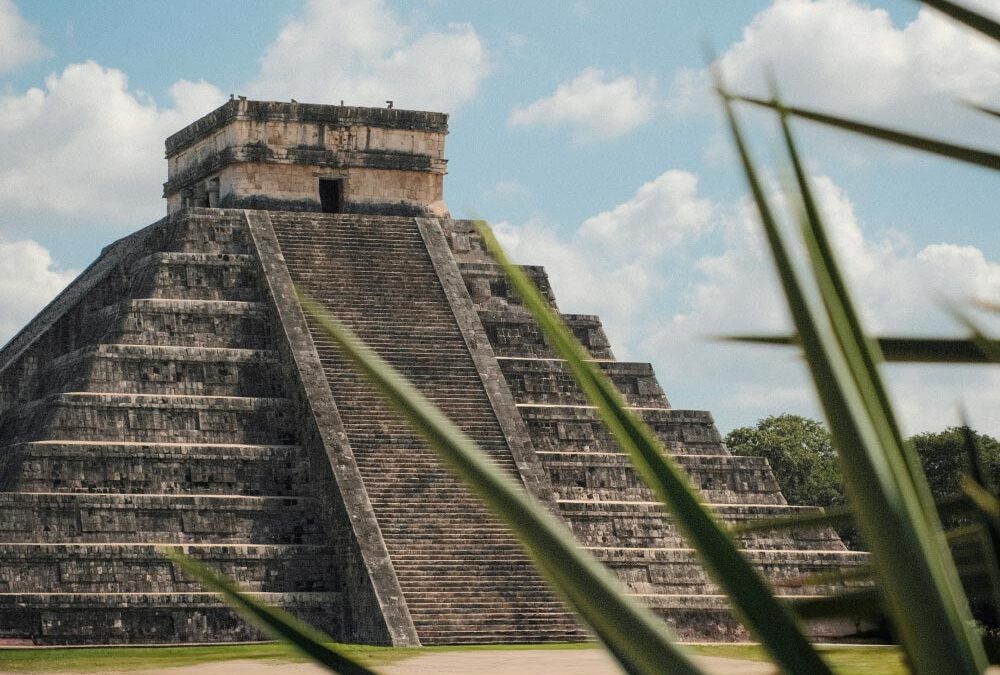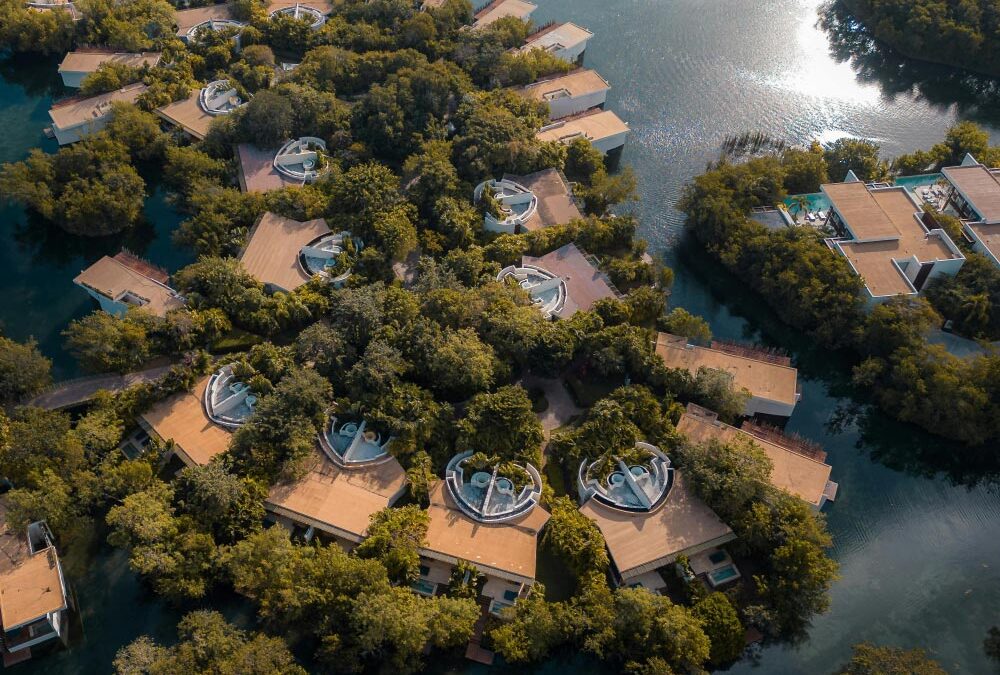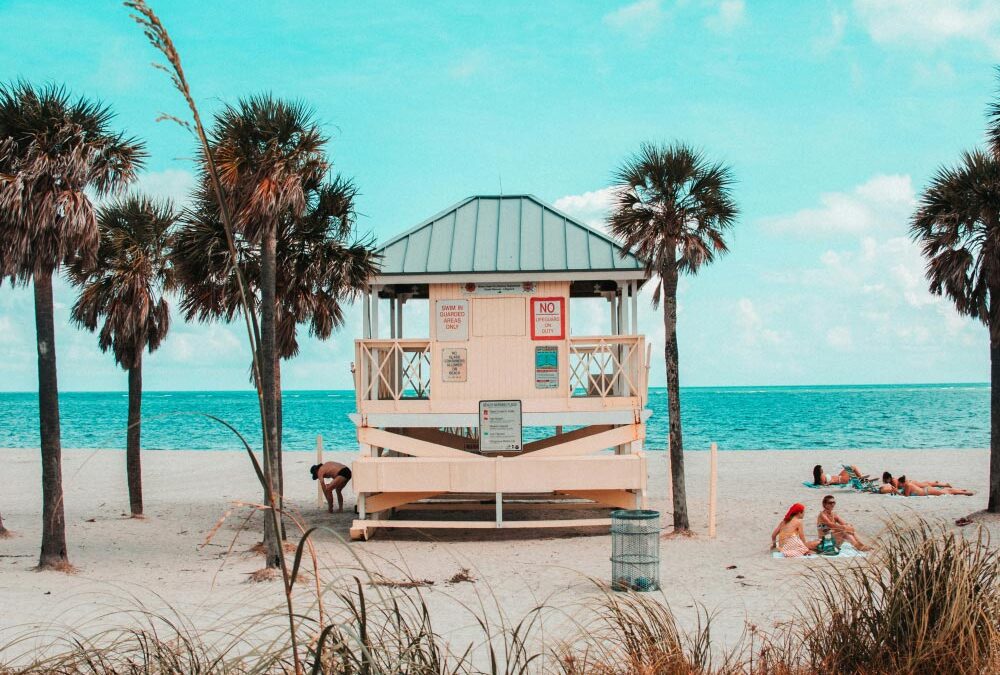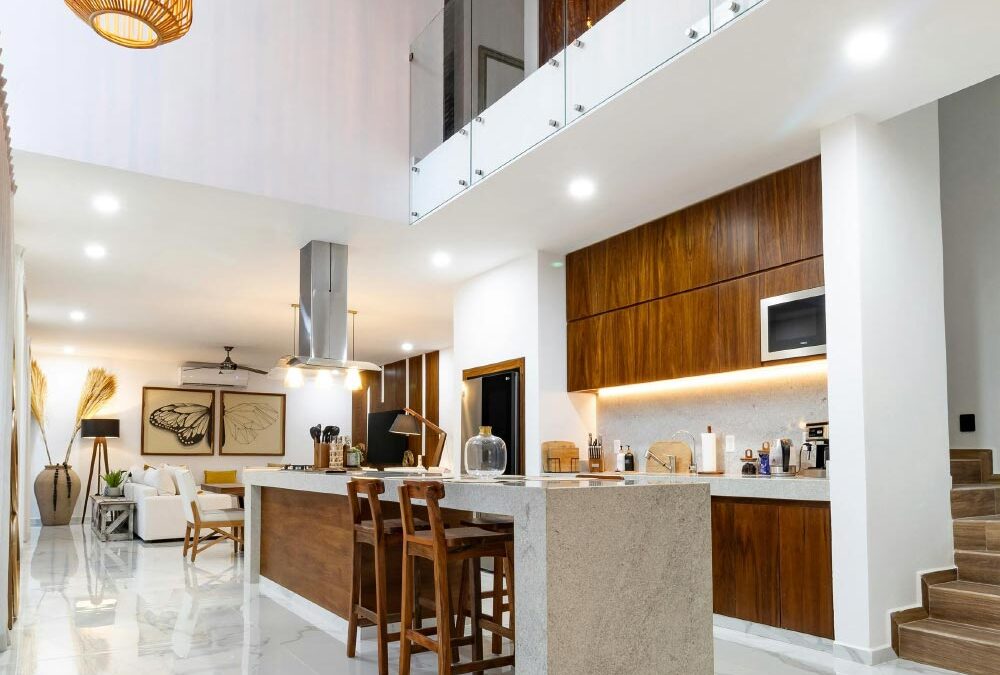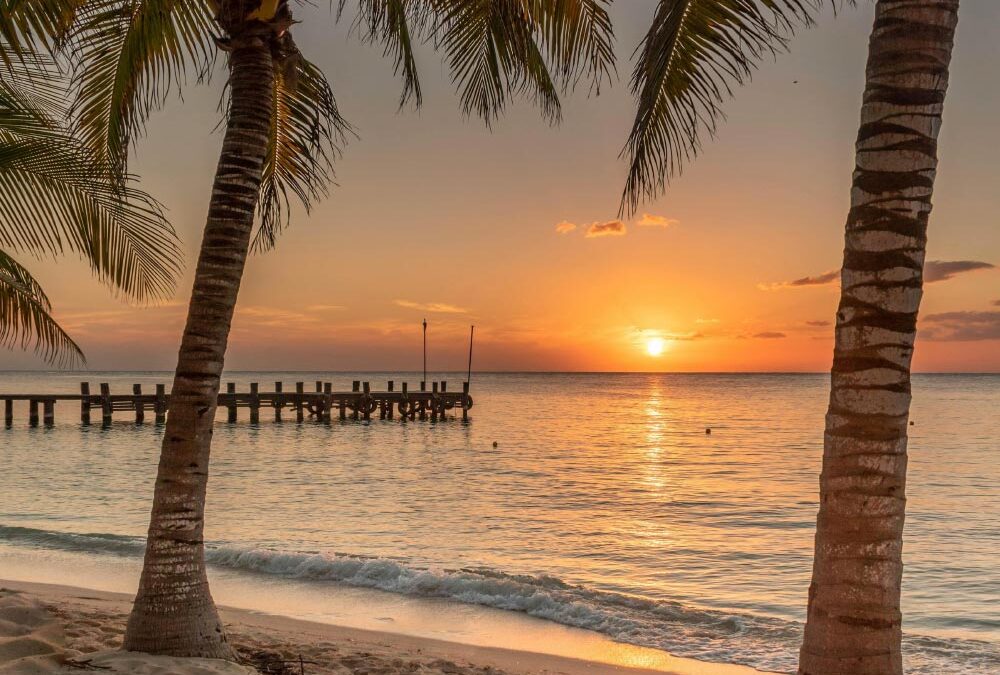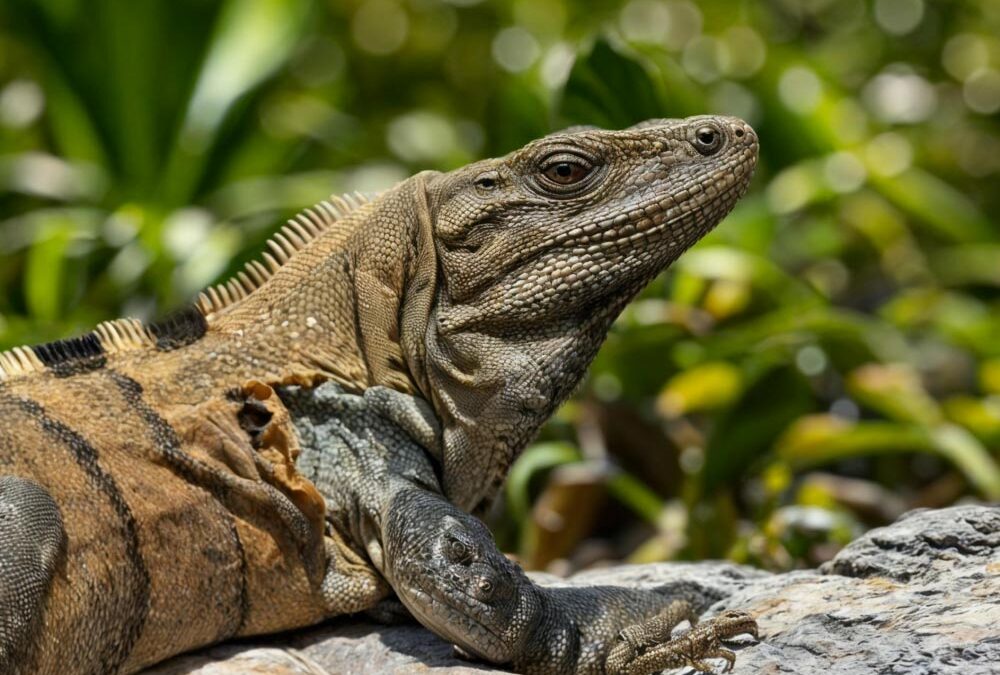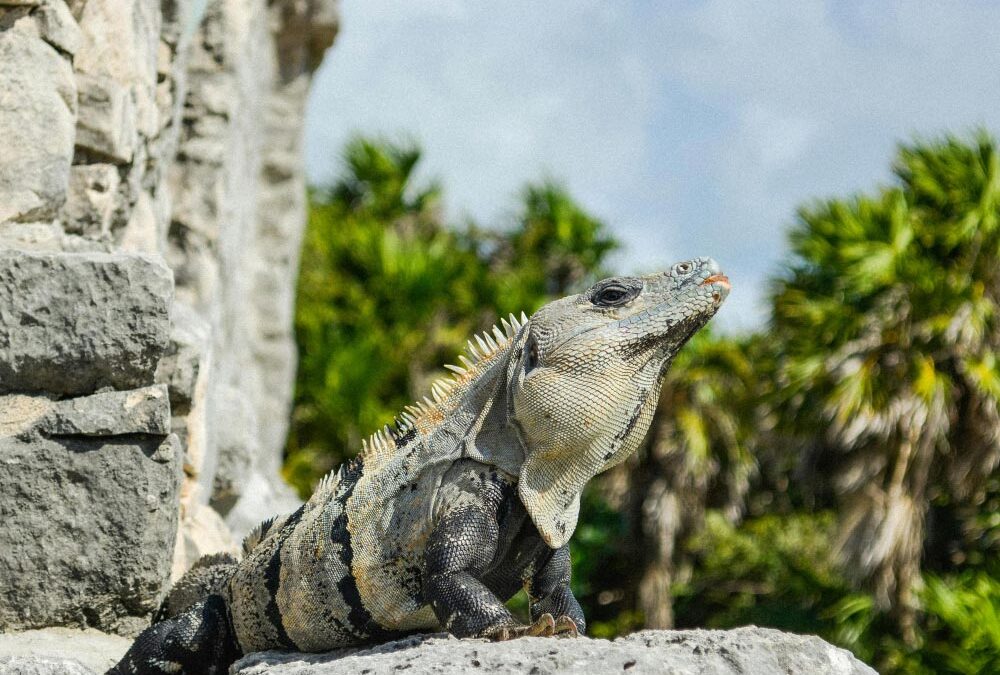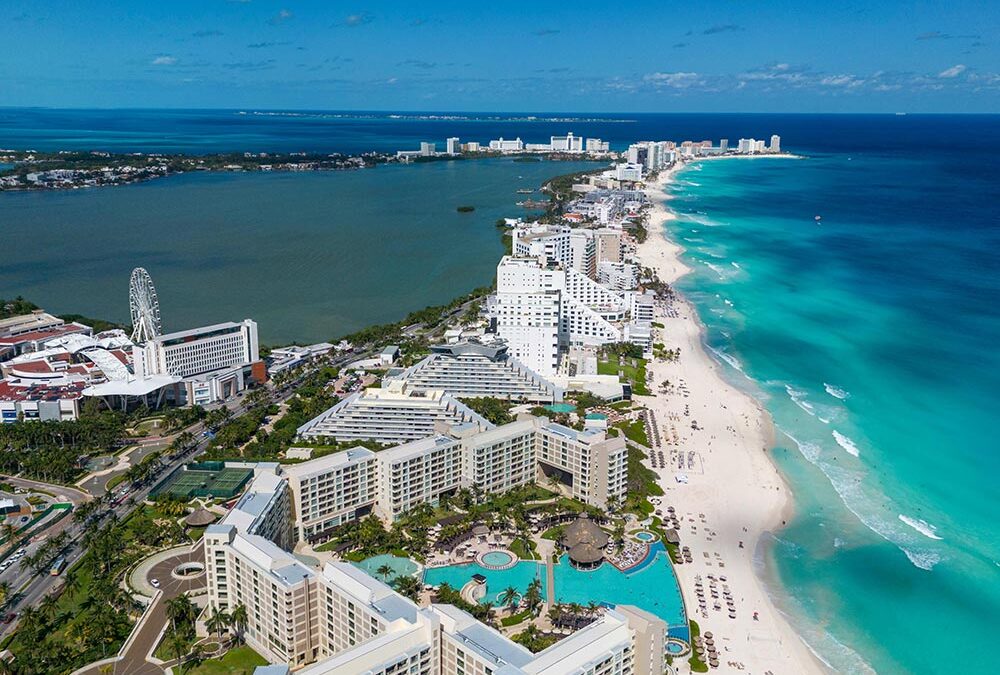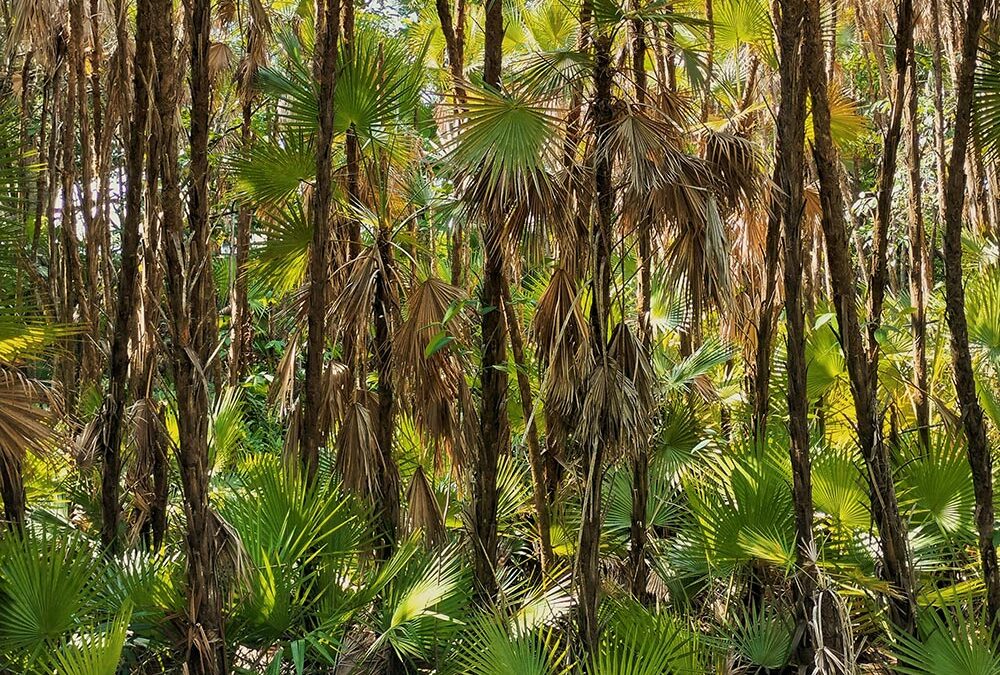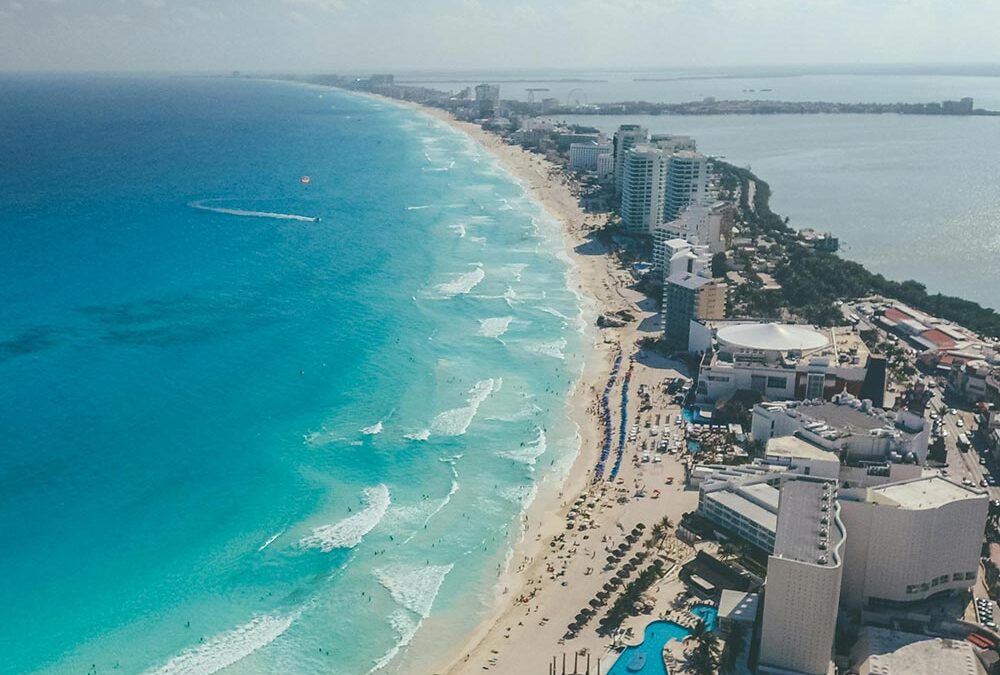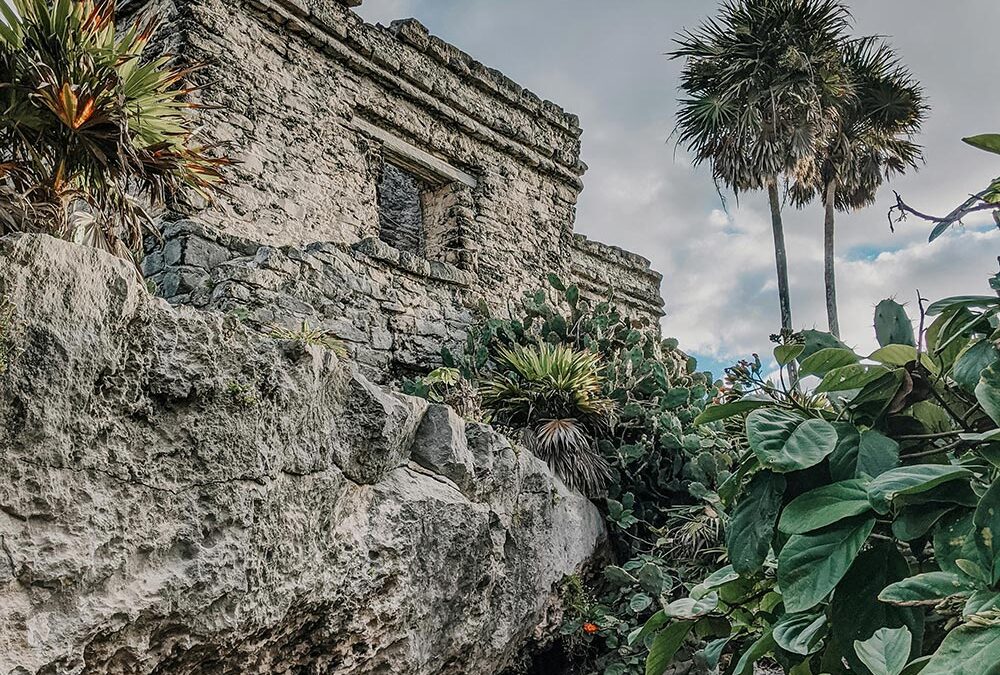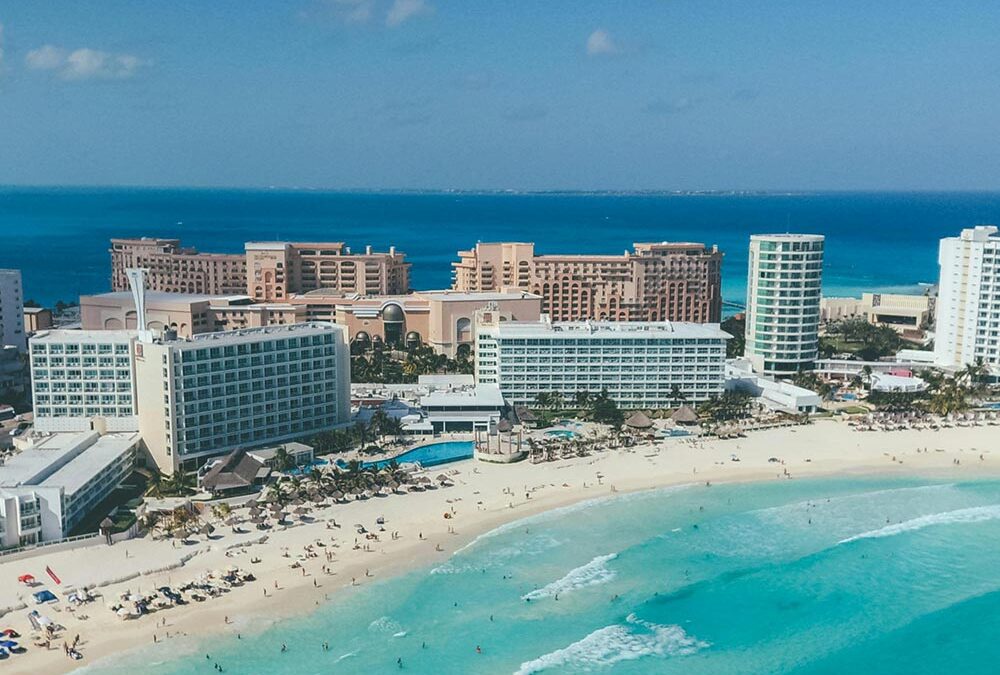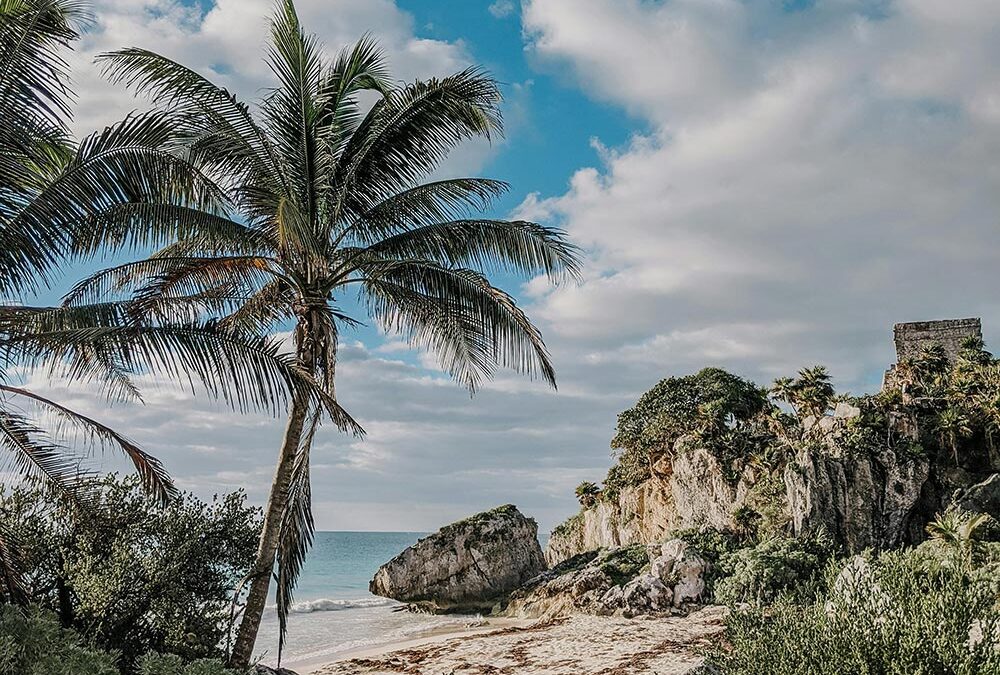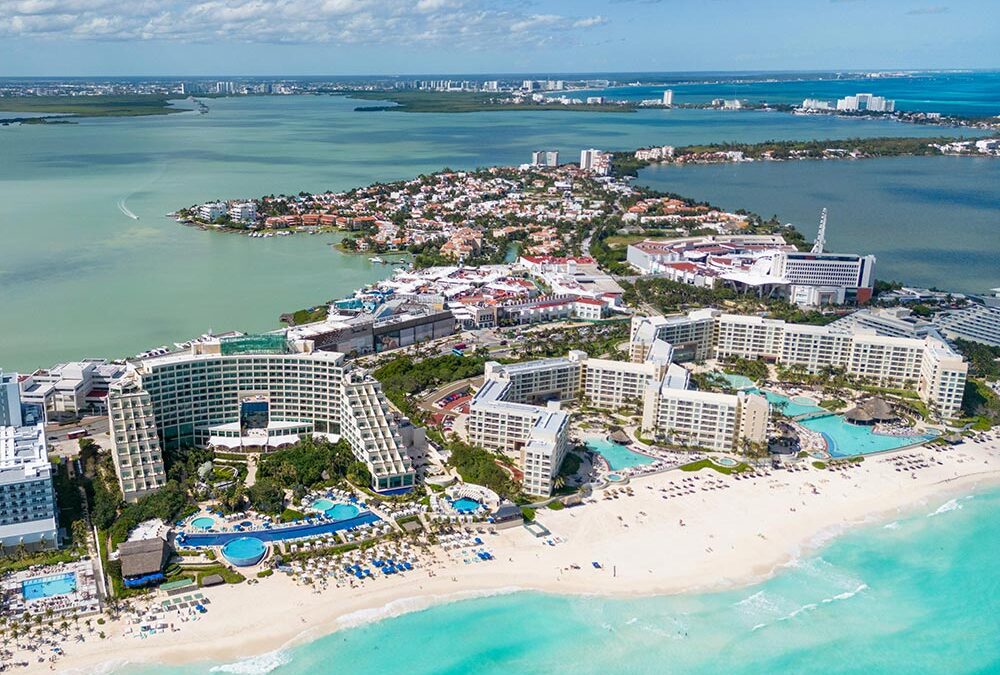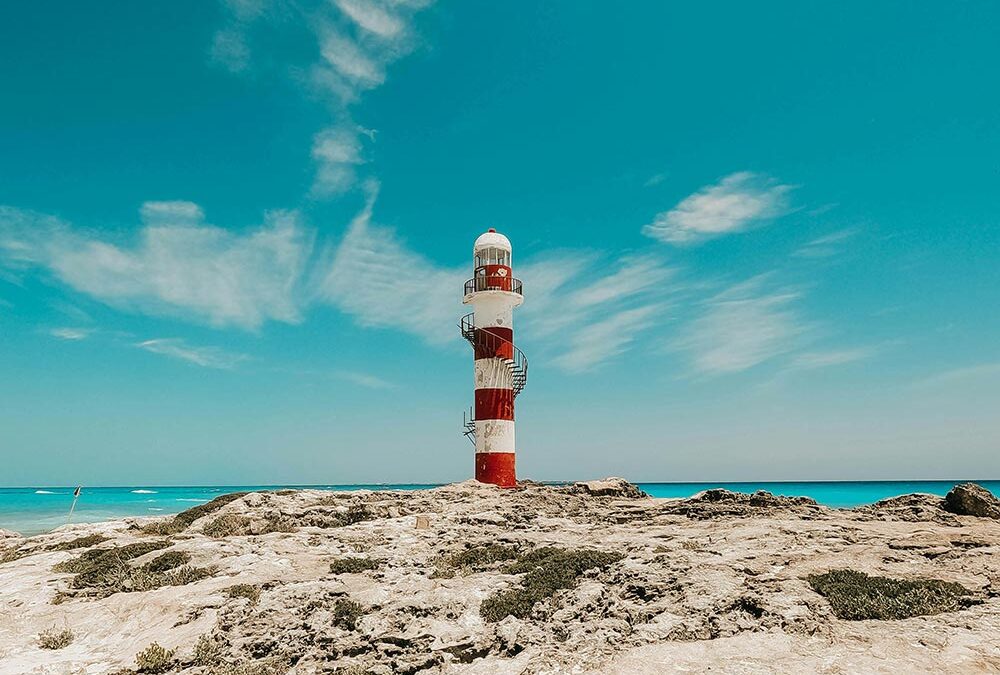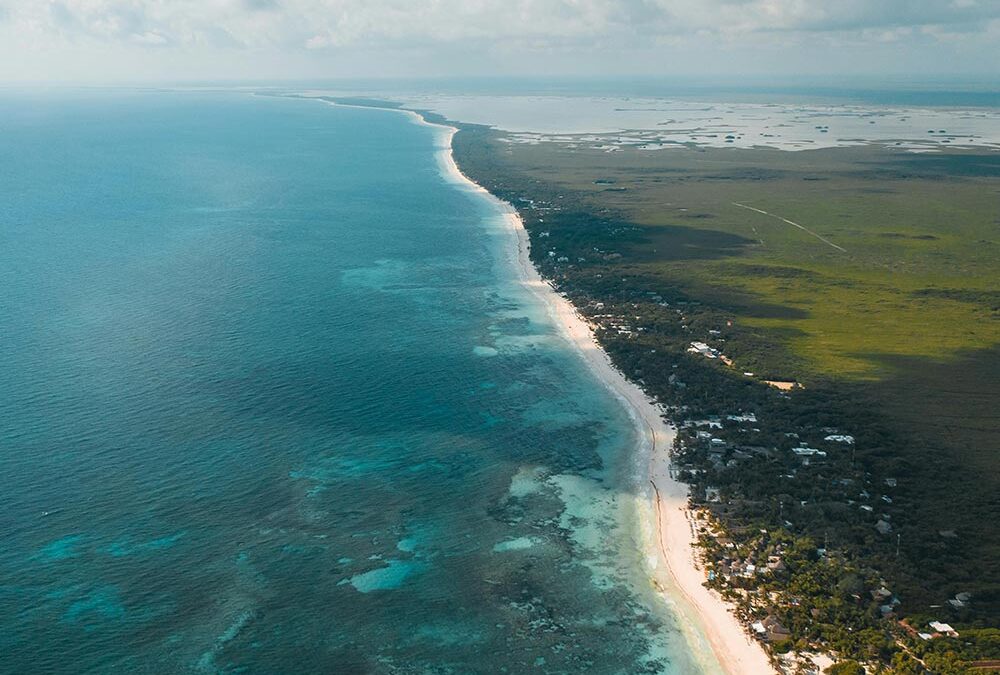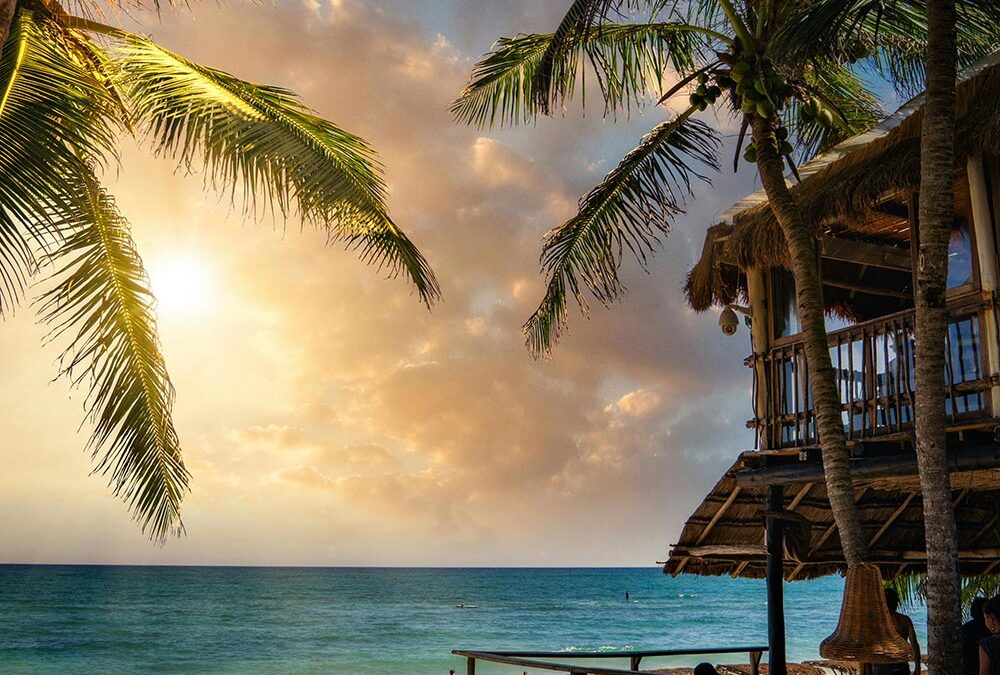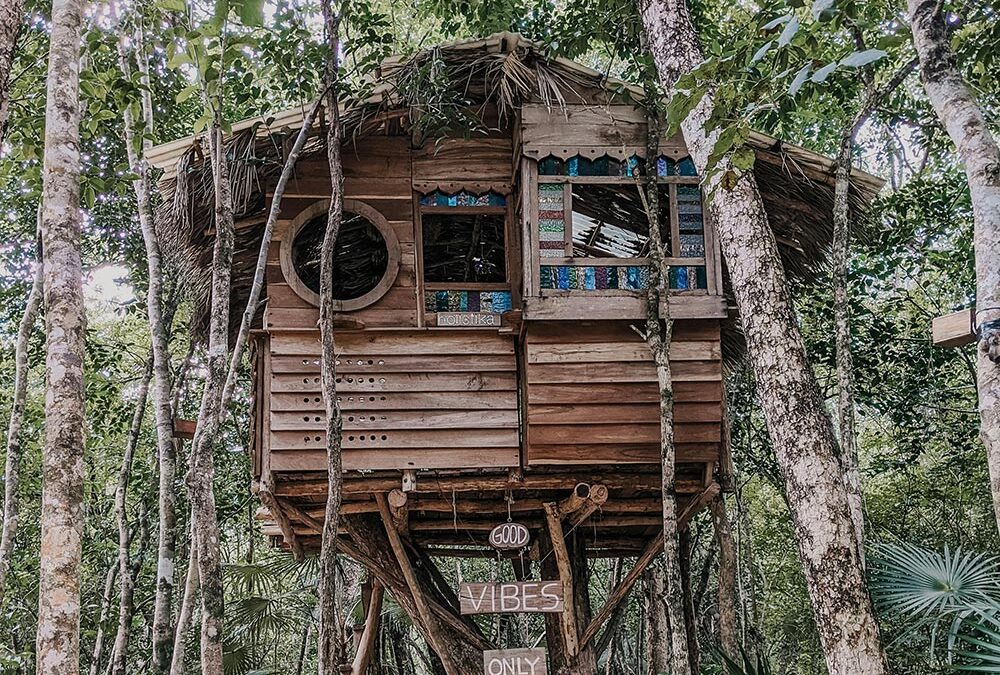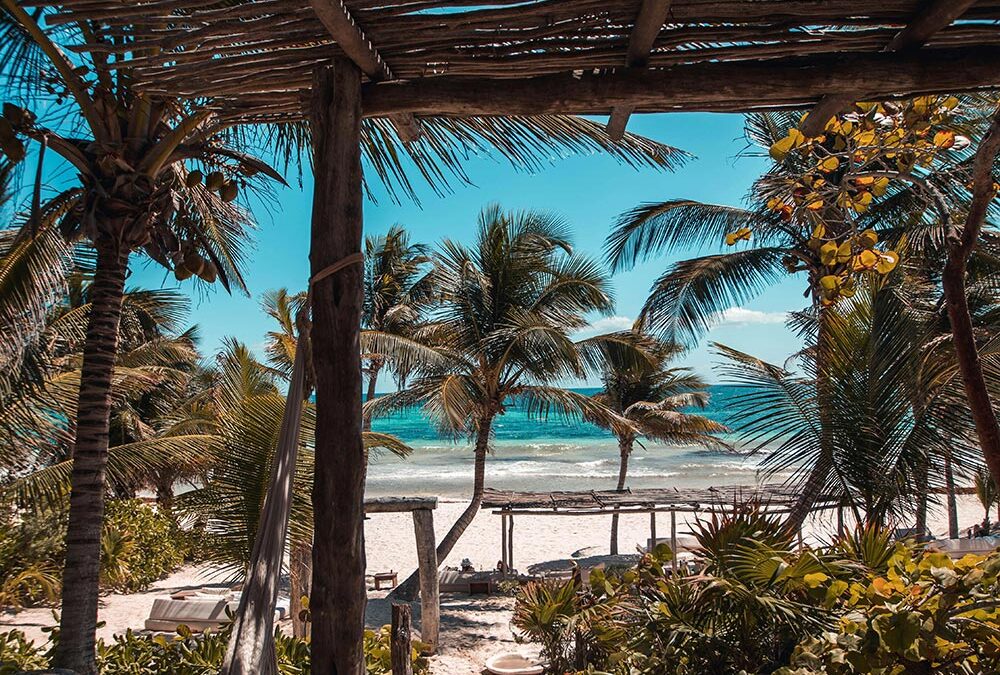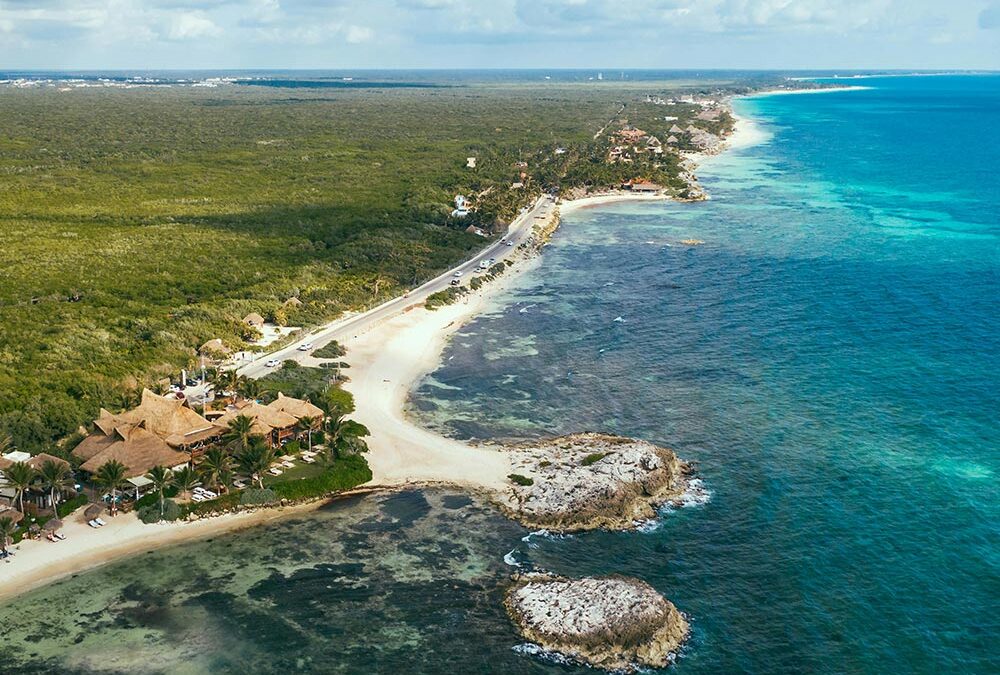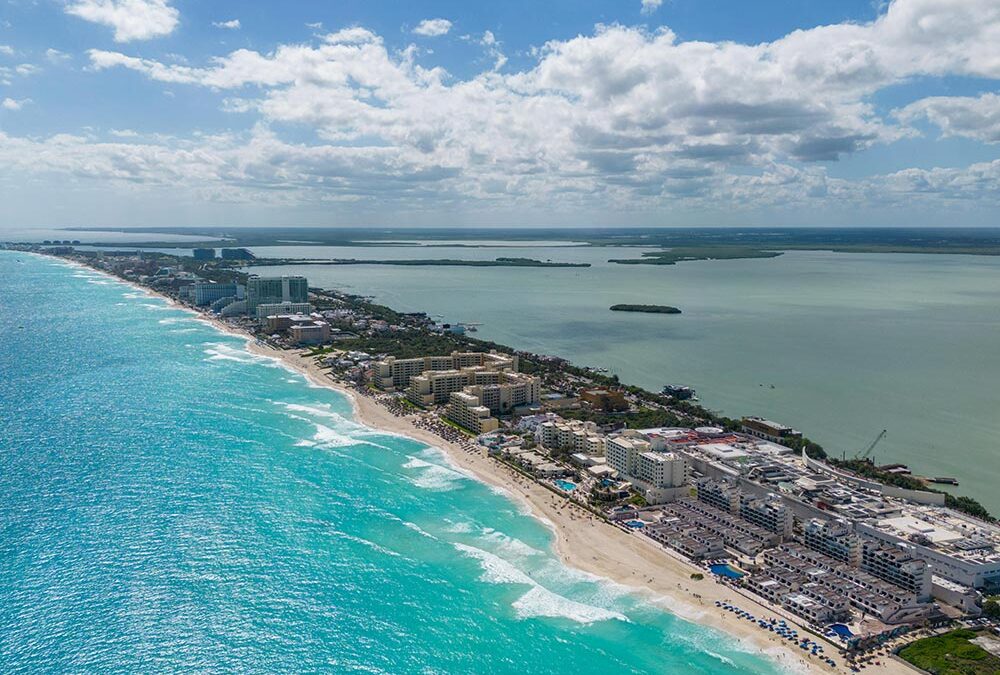The Riviera Maya, a picturesque stretch along Mexico’s Caribbean coast, has established itself as one of the world’s premier real estate markets. This destination is globally renowned for its pristine beaches, turquoise waters, and rich cultural heritage, making it a top choice for both tourists and property investors. The region includes popular locations like Cancun, Playa del Carmen, and Tulum, each offering distinct opportunities for investment. In 2024, factors such as Mexico’s thriving tourism industry, favorable investment conditions, and the advent of sustainable developments are transforming Riviera Maya into a highly attractive destination for real estate investors. This article examines the unique appeal of Riviera Maya, the lucrative returns it offers, and the market trends shaping its growth.
Overview of the Riviera Maya Real Estate Market
Geographic and Economic Overview
The Riviera Maya spans approximately 80 miles along the Yucatan Peninsula, from Puerto Morelos in the north to Tulum in the south. This area is part of the Quintana Roo state and serves as a major economic driver for Mexico. Tourism is the backbone of the region, contributing over $16 billion annually to the Mexican economy. The Riviera Maya boasts a stable real estate market bolstered by its strong appeal to international buyers seeking vacation homes, investment properties, or retirement havens. With low property taxes, affordable maintenance costs, and a strategic location close to major North American cities, this region is highly competitive in the global market.
Market Performance in Recent Years
Over the last decade, real estate values in the Riviera Maya have grown significantly, driven by a combination of increased tourism, infrastructure improvements, and foreign investment. Playa del Carmen, for instance, saw property prices rise by an average of 8-10% per year, while Tulum emerged as a hotspot for luxury and eco-conscious developments, with some properties appreciating by over 15% annually. The demand for vacation rentals also surged, with occupancy rates frequently exceeding 70% even during the off-season. By 2023, international buyers accounted for nearly 40% of property transactions, highlighting the region’s global appeal.
Key Drivers of Growth in Riviera Maya
Growing Tourism Sector
Tourism remains the lifeblood of Riviera Maya, attracting millions of visitors annually. In 2023, over 20 million tourists visited Cancun and Riviera Maya combined, a record-breaking figure despite global economic challenges. The area’s appeal lies in its unparalleled natural beauty, world-class resorts, vibrant nightlife, and cultural attractions like Mayan ruins. This sustained influx of tourists creates high demand for short-term rental properties, which, in turn, fuels real estate development. Direct flights from major cities in the United States, Canada, and Europe to Cancun International Airport ensure easy accessibility, while promotional campaigns by Mexico’s tourism board continue to elevate the region’s profile internationally.
Infrastructure and Development Projects
Ongoing infrastructure projects play a pivotal role in boosting Riviera Maya’s real estate market. The Tren Maya, set to commence operations in 2024, will connect major cities across the Yucatan Peninsula, enhancing transportation and accessibility. This railway is expected to stimulate economic growth, increase property values along its route, and open up less-developed areas for investment. Additionally, expansion projects at Cancun International Airport, new highways, luxury marinas, and mixed-use developments further enhance the region’s appeal. Upcoming resorts and retail complexes, such as Tulum’s luxury shopping district and eco-tourism parks, attract both tourists and long-term residents, driving real estate demand higher.
Favorable Policies for Foreign Investors
Mexico’s foreign ownership laws make the process of buying property straightforward for international investors. Properties located within 50 kilometers (31 miles) of the coastline require ownership through a bank trust (fideicomiso), granting foreigners all the rights of property ownership. For larger-scale investments, such as commercial developments, establishing a Mexican corporation offers an alternative. The favorable exchange rate of the U.S. dollar to the Mexican peso further amplifies purchasing power for investors from North America and Europe. Coupled with low property taxes (typically around 0.2% annually) and no capital gains tax for properties held over a certain period, Riviera Maya remains one of the most investor-friendly markets globally.
Investment Opportunities and ROI in Riviera Maya
Types of Properties in Demand
The diversity of properties available in Riviera Maya caters to a wide array of investors. Luxury beachfront villas in gated communities attract high-net-worth individuals, while centrally located condos in Playa del Carmen and Tulum are popular with short-term rental operators. Eco-friendly developments, characterized by sustainable materials, solar energy systems, and off-grid utilities, are growing in popularity, particularly in Tulum. Pre-construction condos, often offered at discounted rates, present opportunities for significant appreciation upon project completion. For commercial investors, boutique hotels and mixed-use retail spaces offer lucrative income streams, given the steady rise in tourism and residential demand.
Potential ROI and Rental Yields
Riviera Maya offers some of the highest returns on investment in Latin America. Short-term vacation rentals yield between 8-12% annually, especially in high-demand areas such as Playa del Carmen’s Fifth Avenue district or Tulum’s Aldea Zama neighborhood. Long-term appreciation averages 8-10% per year, with hotspots like Tulum often surpassing these figures. Pre-construction investments can yield up to 20-30% gains upon completion. Investors utilizing property management services benefit from turnkey operations, ensuring consistent cash flow with minimal oversight.
Challenges and Risks in the Riviera Maya Market
Environmental Concerns
The rapid pace of development in Riviera Maya has sparked concerns about environmental degradation. Sensitive ecosystems, including cenotes, coral reefs, and mangroves, face risks from overconstruction and unsustainable tourism practices. Investors are increasingly drawn to eco-friendly developments that prioritize preservation and align with global sustainability trends. Developers incorporating green certifications, such as EDGE or LEED, often attract higher-end buyers and tenants, mitigating environmental concerns while enhancing marketability.
Market Saturation in Key Areas
While the Riviera Maya continues to grow, areas like Playa del Carmen and central Tulum are experiencing increased competition, which may lead to oversupply in certain segments. However, opportunities still exist in less-developed areas such as Puerto Aventuras, Akumal, and Bacalar, where property prices remain relatively low but are poised for growth. Investors should conduct thorough due diligence, focusing on emerging markets within the Riviera Maya that align with long-term development trends.
The Role of Sustainability and Eco-Tourism in Real Estate
Sustainable Developments as a Key Driver
Eco-tourism is not just a buzzword in Riviera Maya—it is a defining trend shaping the real estate market. Developers are incorporating sustainable practices, such as using locally sourced materials, renewable energy systems, and natural wastewater management solutions. These initiatives appeal to a growing demographic of environmentally conscious buyers and travelers who prioritize sustainable living. Properties with eco-friendly features command premium pricing and often experience faster sales cycles, proving that sustainability is not only ethical but also economically viable.
Government Initiatives Supporting Sustainability
The Mexican government has introduced tax incentives for green construction and energy-efficient buildings, further encouraging developers to adopt sustainable practices. Local regulations in Tulum and surrounding areas also enforce limits on construction near protected areas, preserving biodiversity and maintaining the region’s natural allure. Investors aligned with these sustainable initiatives not only contribute to environmental preservation but also position themselves strategically in a market with increasing global scrutiny on ecological impact.
Case Study: A Successful Real Estate Investment in Playa del Carmen
In 2021, an investor purchased a two-bedroom pre-construction condo in Playa del Carmen for $150,000. Upon completion in 2023, the property was valued at $200,000, reflecting a 33% appreciation in just two years. By listing the property on vacation rental platforms such as Airbnb, the investor generated an annual rental income of $24,000, with net earnings of $18,000 after operating expenses—a 12% rental yield. The property’s proximity to Fifth Avenue and the beach made it highly desirable to tourists, showcasing the benefits of strategic location selection and pre-construction investment in Riviera Maya.
Conclusion
Riviera Maya continues to thrive as a global real estate powerhouse in 2024, offering unparalleled investment opportunities fueled by tourism, infrastructure development, and eco-conscious trends. With high returns on investment, diverse property options, and a stable regulatory environment, the region is a top choice for seasoned and first-time investors alike. Despite challenges like environmental concerns and market saturation in certain areas, the overall outlook remains highly positive. By leveraging thorough research, sustainable practices, and strategic timing, investors can tap into Riviera Maya’s dynamic market and secure long-term growth and profitability.
FAQs
Is it easy for foreigners to buy property in Riviera Maya?
Yes, foreigners can purchase property in Riviera Maya using a bank trust (fideicomiso) or a Mexican corporation. These mechanisms ensure full ownership rights while adhering to Mexican law.
What types of properties are most profitable in Riviera Maya?
Luxury beachfront condos, eco-friendly developments in Tulum, and pre-construction investments typically yield the highest returns. Vacation rentals also generate substantial income due to the region’s robust tourism industry.
How does the Tren Maya project impact real estate?
The Tren Maya project enhances connectivity across the region, making emerging areas more accessible and boosting property values. It opens opportunities for investment in previously less-developed locations.
What are the average property prices in Riviera Maya?
Condos start at approximately $100,000 and can go up to $500,000, depending on location and amenities. Luxury villas typically range from $1 million to $3 million, while pre-construction properties offer lower entry prices.
Is Riviera Maya a good market for rental income?
Yes, the thriving tourism sector ensures high demand for vacation rentals. Annual yields typically range between 8-12%, making it one of the most lucrative rental markets in Latin America.
